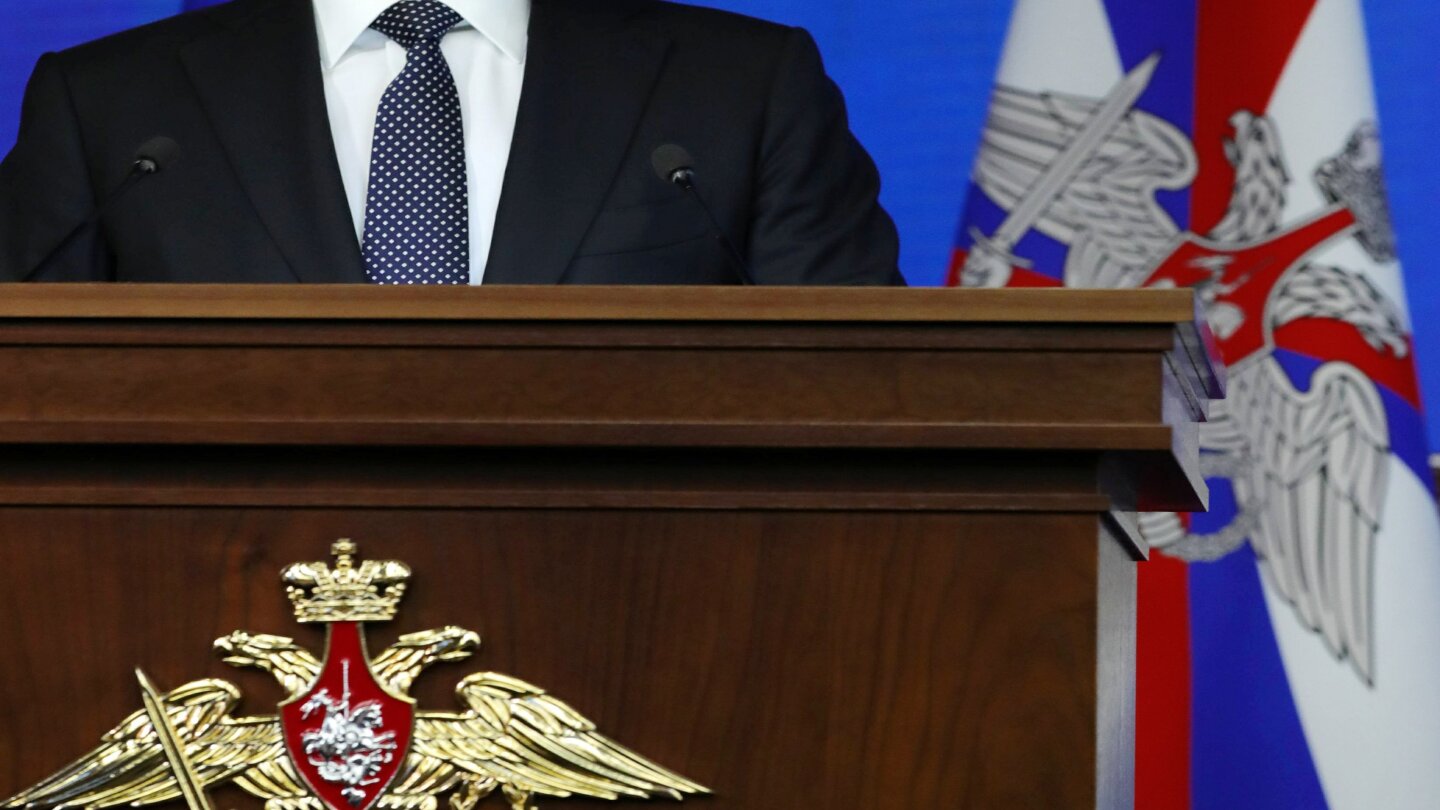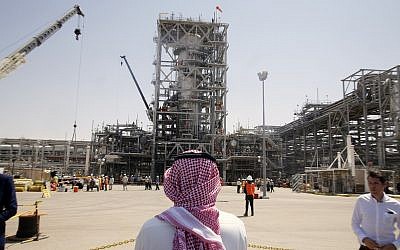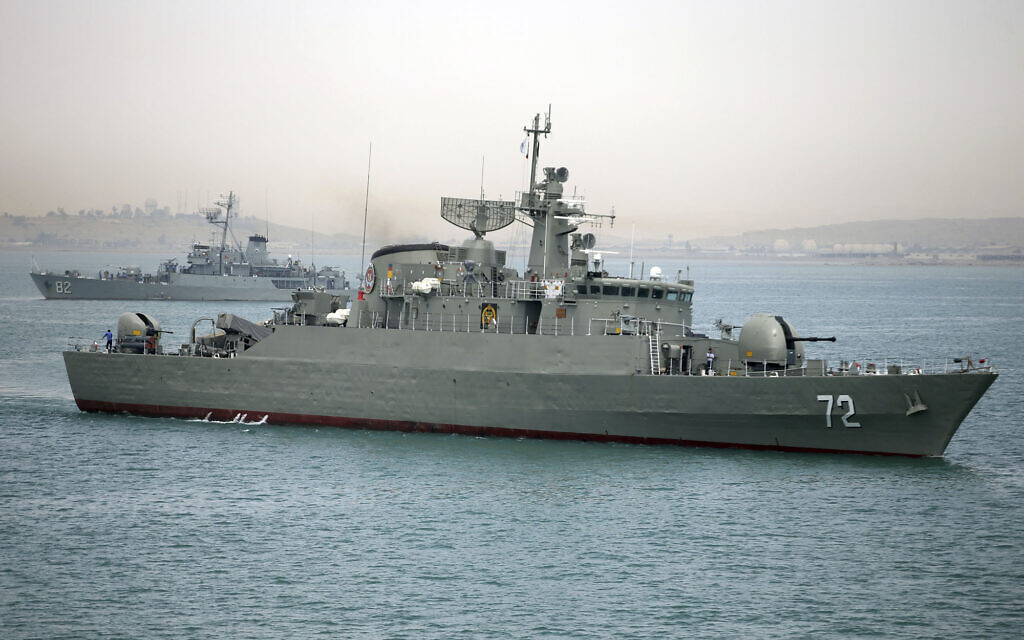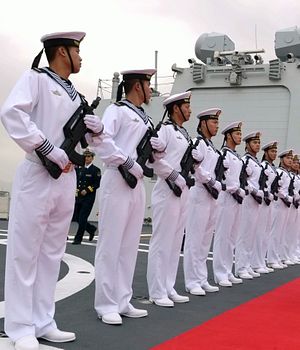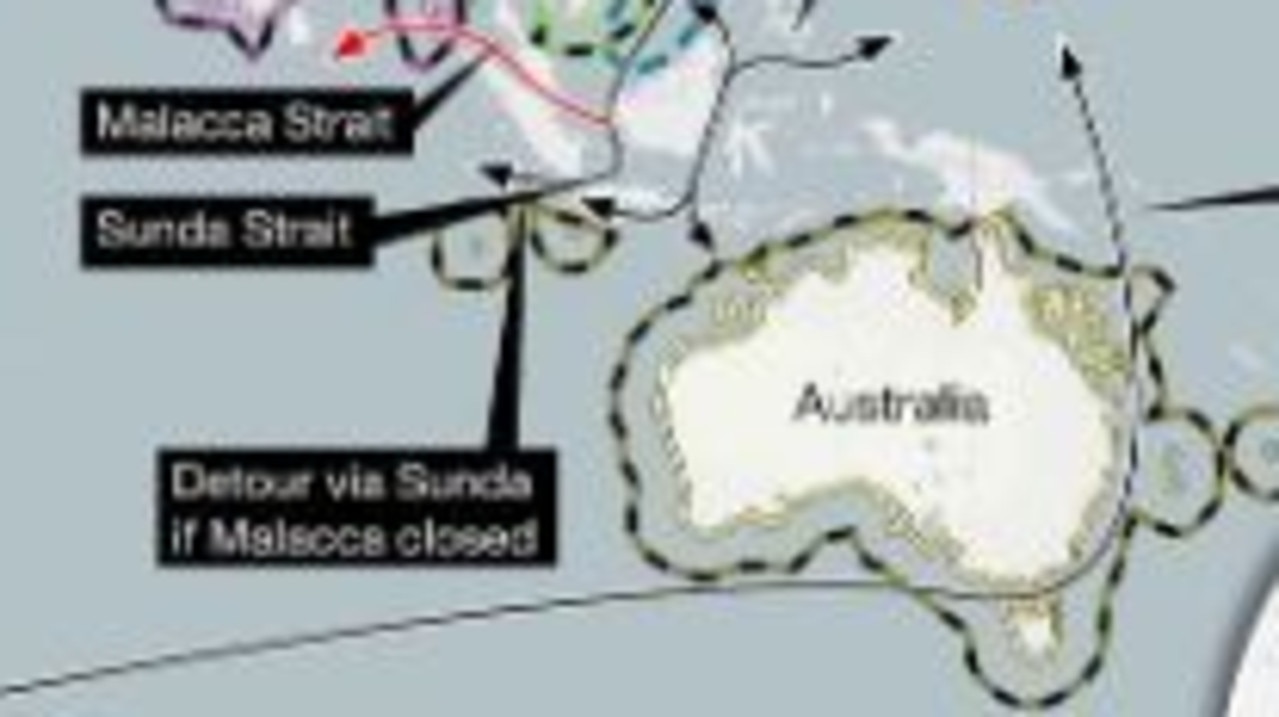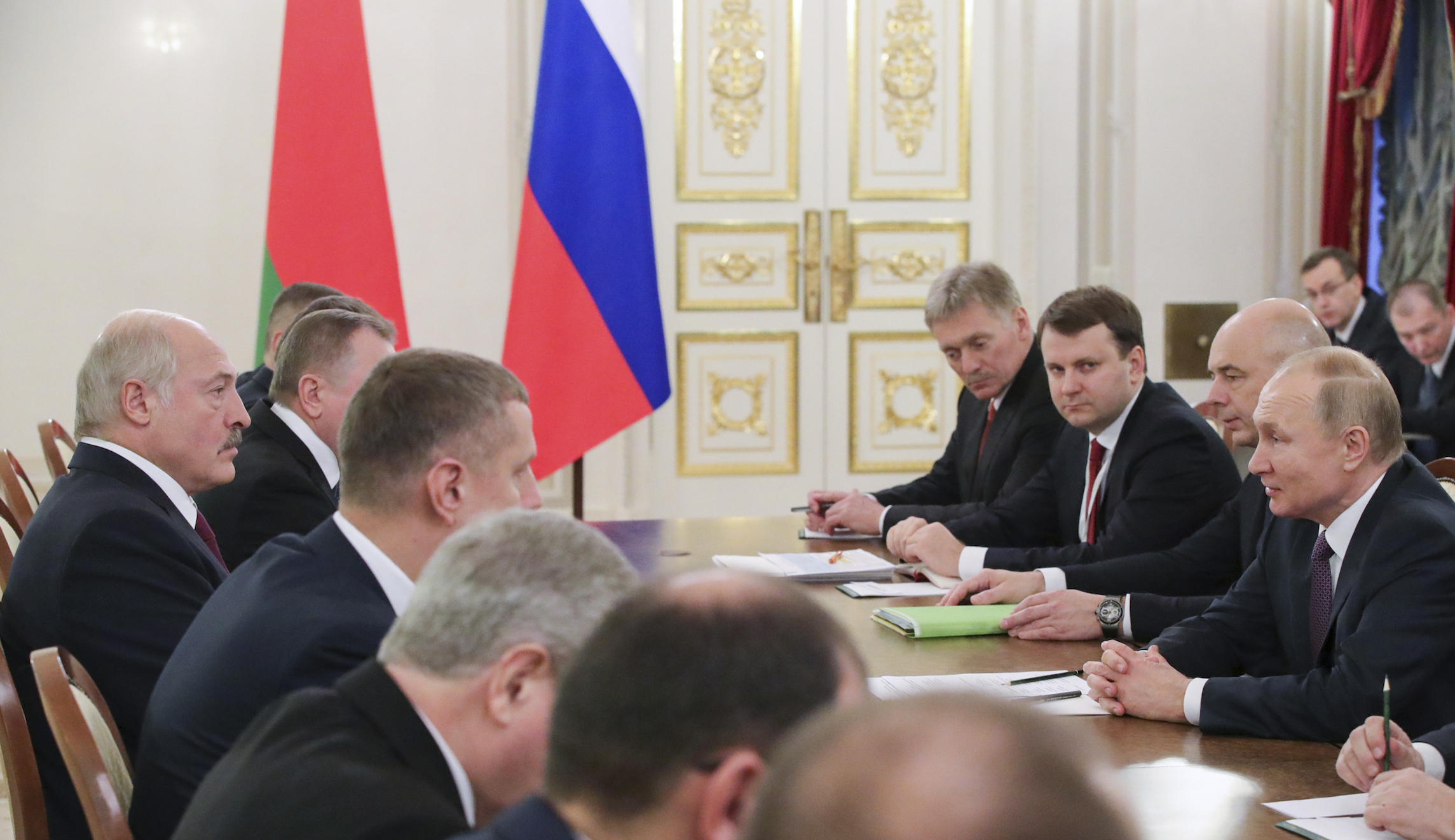(397) 11-30-2019-to-12-06-2019___*THE***WINDS****of****WAR
TimeBomb 2000
(398) 12-07-2019-to-12-13-2019___*THE***WINDS****of****WAR
 xf.timebomb2000.com
xf.timebomb2000.com
(399) 12-14-2019-to-12-20-2019___*THE***WINDS****of****WAR
 xf.timebomb2000.com
xf.timebomb2000.com
--------------------------------
Posted for fair use.....

 www.defenseone.com
www.defenseone.com
Put US Post-INF Missiles into Production
December 20, 2019
The U.S. has waited too long to mimic Chinese intermediate-range weapons.
Recent tests of U.S. missiles once banned by the Intermediate-range Nuclear Forces Treaty are a welcome step. They provide an essential response to Russia’s violations of the now-defunct INF. They help regain an advantage ceded to the People’s Republic of China, which was never constrained by the pact. And they better position the United States to seek new international agreements on arms.
The ballistic missile tested by the Air Force last week and the cruise missile launched by the Navy in August were deliberately flown into the 500-to-5,500-kilometer range proscribed by the 1987 agreement between the United States and the Soviet Union. Russia, of course, did not wait until the treaty was dissolved before testing its own INF-banned missile, the 9M729, around 2010. Beginning around May 2013, and through August 2019, the Obama and Trump administrations sought to convince Russia to change its conduct and comply with the treaty. Russia would not. And so, with the clear and unambiguous support of NATO and other allies, President Trump withdrew the United States from the treaty.
The significance of this decision for the strategic competition with China cannot be overstated. Because China was never a party to the treaty, and steadfastly refused to be brought into the treaty, it was free to deploy intermediate-range ballistic and cruise missiles.
Related: Pentagon Test-Fires 2nd INF-Banned Missile
Related: Save This One Piece of the INF Treaty
Related: Expect a Missile Race After the INF Demise
And it took advantage of that freedom, deploying thousands of such weapons. As then-U.S. Navy Adm. “Harry” Harris answered a question from Sen. Tom Cotton, R-Arkansas, “I think that we are at a disadvantage with regard to China today, in the sense that China has ground-based ballistic missiles that threaten our basing in the western Pacific and our ships. They have ground-based ballistic anti-ship missiles. And we have nothing — we have no ground-based capability that can threaten China.”
Trump’s withdrawal from the treaty presents the United States the opportunity to regain the advantage. Just as the PLA Rocket force holds U.S. bases, assets, and allies at risk of attack, conventional ground-based theater-range missiles owned and operated by the United States or Japan, or a combination of both, would hold enemy targets at risk. This would help U.S. forces, mainly from the sea and air, operate in areas increasingly covered by PLA missiles.
Now with two successful tests under its belt, what should the Defense Department do next?
First, Defense Secretary Mark Esper should immediately move these systems from the Strategic Capabilities Office, or SCO, which funded them, to the military services for acquisition, deployment, and troop training. It was gratifying to see that the Secretary is already moving in this direction. “We are supporting those activities, with money and technology,” Esper told lawmakers last week. We should watch to ensure the SCO and the Army and Marine Corps sign the needed paperwork to effectuate the transfer as soon as possible.
Second, the administration should immediately reach out to allies with offers to work with them to co-finance and co-develop intermediate range ground-launched ballistic and cruise missiles. When allies and partners invest in their own defense, especially in U.S. capabilities, it shares the burden for that defense, multiplies the defensive forces that can be brought to bear to challenge adversaries such as the Chinese Communist Party, and promotes interoperability and integration of Western-aligned military forces. For example, Japan already co-develops missile defense systems with the United States and has, over Beijing’s complaints, opted to buy its own Aegis Ashore missile defense system.
What’s more, offering co-development and co-finance opportunities also deals with one of the most oft-repeated red herrings in the debate over what to do about the Russia’s INF violation: the contention that allies and partners won’t host U.S. intermediate-range missiles. (In the recently passed 2020 National Defense Authorization Act, the House approved a provision that bars funding for intermediate-range missiles until the Defense Department details where such missiles would be based. If a similar provision appears in next year’s NDAA, it would put the Defense Department in the absurd position of negotiating basing agreements with allies and partners to host military capabilities that they don’t even own yet.) Co-developing new missiles would also present an opportunity to sidestep basing negotiations because allies could simply deploy their own weapons. The result: stronger allies, more burden sharing, more allied defensive force, and less political heartburn in the politics of our allies and partners around the world.
Lastly, history reminds us that the Soviet Union was driven to negotiate INF because the Reagan administration, working with NATO allies, deployed nuclear-armed missiles in Europe. Though the weapons we are discussing now are strictly non-nuclear, the steps we outlined above could help the U.S. officials persuade Moscow and Beijing to work towards trilateral arms control. Increasing the operational abilities of U.S. and Japanese forces, for example, can only encourage Beijing to talk.
The Trump administration has an opportunity to change the military balance in East Asia, and elsewhere. These first initial steps by the Defense Department should be applauded, and immediately followed up with the programmatic and budgetary decisions that will offer opportunities for allies and partners to co-develop and co-finance a new, and cost-imposing, capability.

TimeBomb 2000
(398) 12-07-2019-to-12-13-2019___*THE***WINDS****of****WAR
WAR - 12-07-2019-to-12-13-2019___****THE****WINDS****of****WAR****
(395) 11-16-2019-to-11-22-2019___****THE****WINDS****of****WAR**** http://www.timebomb2000.com/vb/showthread.php?563807-11-16-2019-to-11-22-2019___****THE****WINDS****of****WAR**** (396)11-23-2019-to-11-29-2019___****THE****WINDS****of****WAR****...
(399) 12-14-2019-to-12-20-2019___*THE***WINDS****of****WAR
WAR - 12-14-2019-to-12-20-2019___****THE****WINDS****of****WAR****
(396)11-23-2019-to-11-29-2019___*THE***WINDS****of****WAR TimeBomb 2000 (397) 11-30-2019-to-12-06-2019___*THE***WINDS****of****WAR TimeBomb 2000 (398) 12-07-2019-to-12-13-2019___*THE***WINDS****of****WAR...
--------------------------------
Posted for fair use.....

Put US Post-INF Missiles into Production
The U.S. has waited too long to mimic Chinese intermediate-range weapons.
Put US Post-INF Missiles into Production
December 20, 2019
The U.S. has waited too long to mimic Chinese intermediate-range weapons.
Recent tests of U.S. missiles once banned by the Intermediate-range Nuclear Forces Treaty are a welcome step. They provide an essential response to Russia’s violations of the now-defunct INF. They help regain an advantage ceded to the People’s Republic of China, which was never constrained by the pact. And they better position the United States to seek new international agreements on arms.
The ballistic missile tested by the Air Force last week and the cruise missile launched by the Navy in August were deliberately flown into the 500-to-5,500-kilometer range proscribed by the 1987 agreement between the United States and the Soviet Union. Russia, of course, did not wait until the treaty was dissolved before testing its own INF-banned missile, the 9M729, around 2010. Beginning around May 2013, and through August 2019, the Obama and Trump administrations sought to convince Russia to change its conduct and comply with the treaty. Russia would not. And so, with the clear and unambiguous support of NATO and other allies, President Trump withdrew the United States from the treaty.
The significance of this decision for the strategic competition with China cannot be overstated. Because China was never a party to the treaty, and steadfastly refused to be brought into the treaty, it was free to deploy intermediate-range ballistic and cruise missiles.
Related: Pentagon Test-Fires 2nd INF-Banned Missile
Related: Save This One Piece of the INF Treaty
Related: Expect a Missile Race After the INF Demise
And it took advantage of that freedom, deploying thousands of such weapons. As then-U.S. Navy Adm. “Harry” Harris answered a question from Sen. Tom Cotton, R-Arkansas, “I think that we are at a disadvantage with regard to China today, in the sense that China has ground-based ballistic missiles that threaten our basing in the western Pacific and our ships. They have ground-based ballistic anti-ship missiles. And we have nothing — we have no ground-based capability that can threaten China.”
Trump’s withdrawal from the treaty presents the United States the opportunity to regain the advantage. Just as the PLA Rocket force holds U.S. bases, assets, and allies at risk of attack, conventional ground-based theater-range missiles owned and operated by the United States or Japan, or a combination of both, would hold enemy targets at risk. This would help U.S. forces, mainly from the sea and air, operate in areas increasingly covered by PLA missiles.
Now with two successful tests under its belt, what should the Defense Department do next?
First, Defense Secretary Mark Esper should immediately move these systems from the Strategic Capabilities Office, or SCO, which funded them, to the military services for acquisition, deployment, and troop training. It was gratifying to see that the Secretary is already moving in this direction. “We are supporting those activities, with money and technology,” Esper told lawmakers last week. We should watch to ensure the SCO and the Army and Marine Corps sign the needed paperwork to effectuate the transfer as soon as possible.
Second, the administration should immediately reach out to allies with offers to work with them to co-finance and co-develop intermediate range ground-launched ballistic and cruise missiles. When allies and partners invest in their own defense, especially in U.S. capabilities, it shares the burden for that defense, multiplies the defensive forces that can be brought to bear to challenge adversaries such as the Chinese Communist Party, and promotes interoperability and integration of Western-aligned military forces. For example, Japan already co-develops missile defense systems with the United States and has, over Beijing’s complaints, opted to buy its own Aegis Ashore missile defense system.
What’s more, offering co-development and co-finance opportunities also deals with one of the most oft-repeated red herrings in the debate over what to do about the Russia’s INF violation: the contention that allies and partners won’t host U.S. intermediate-range missiles. (In the recently passed 2020 National Defense Authorization Act, the House approved a provision that bars funding for intermediate-range missiles until the Defense Department details where such missiles would be based. If a similar provision appears in next year’s NDAA, it would put the Defense Department in the absurd position of negotiating basing agreements with allies and partners to host military capabilities that they don’t even own yet.) Co-developing new missiles would also present an opportunity to sidestep basing negotiations because allies could simply deploy their own weapons. The result: stronger allies, more burden sharing, more allied defensive force, and less political heartburn in the politics of our allies and partners around the world.
Lastly, history reminds us that the Soviet Union was driven to negotiate INF because the Reagan administration, working with NATO allies, deployed nuclear-armed missiles in Europe. Though the weapons we are discussing now are strictly non-nuclear, the steps we outlined above could help the U.S. officials persuade Moscow and Beijing to work towards trilateral arms control. Increasing the operational abilities of U.S. and Japanese forces, for example, can only encourage Beijing to talk.
The Trump administration has an opportunity to change the military balance in East Asia, and elsewhere. These first initial steps by the Defense Department should be applauded, and immediately followed up with the programmatic and budgetary decisions that will offer opportunities for allies and partners to co-develop and co-finance a new, and cost-imposing, capability.

- Rebeccah Heinrichs is a senior fellow at Hudson Institute, where she provides research and commentary on a range of national security issues and specializes in missile defense and nuclear deterrence. Full bio
- Tim Morrison was most recently the senior arms control official at the National Security Council. Full bio
Last edited:


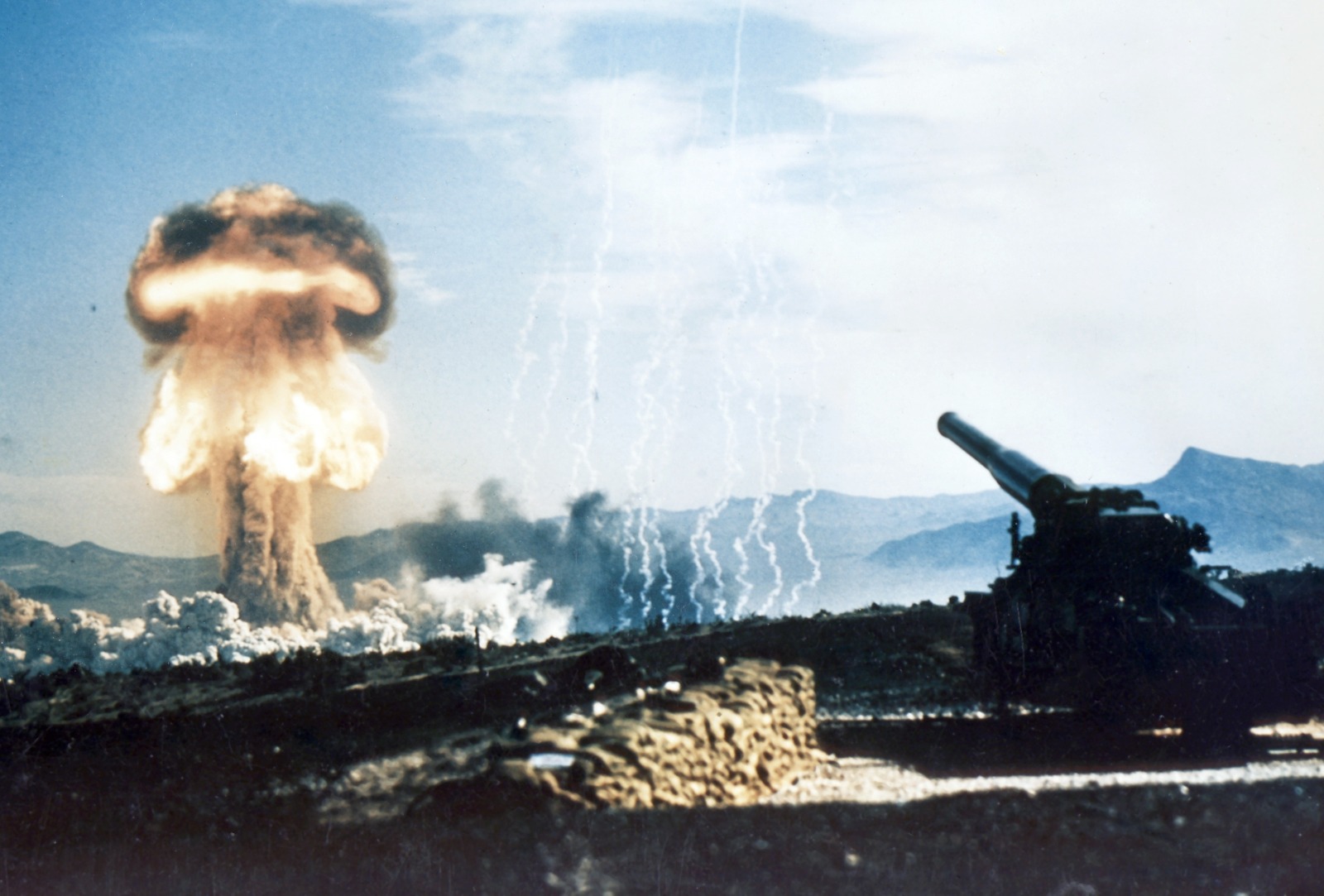

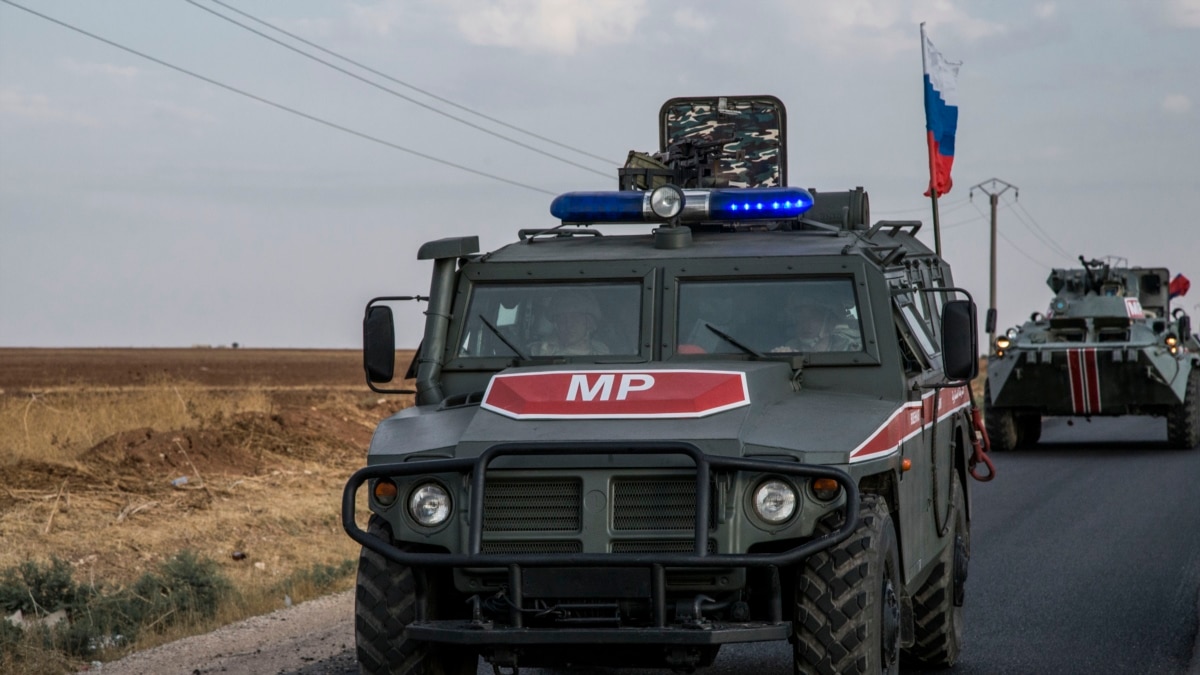

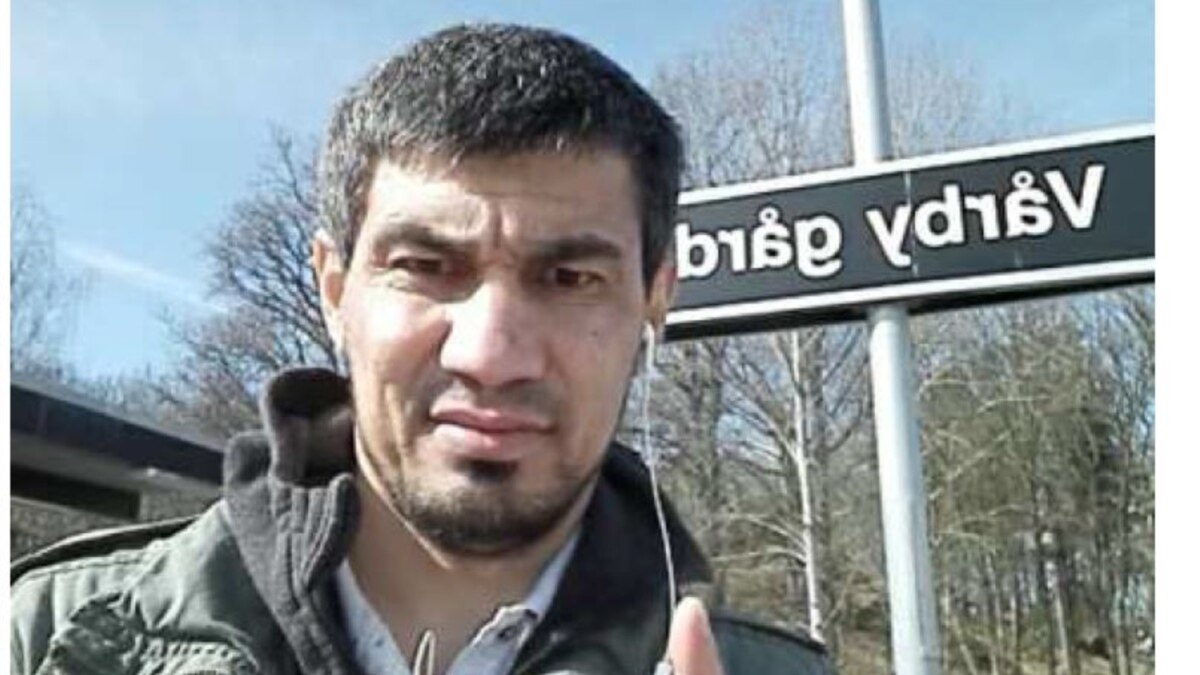

:quality(70)/cloudfront-us-east-1.images.arcpublishing.com/archetype/SCY7J5T36NAXHEL6JWFNIS72KY.jpg)
/arc-anglerfish-arc2-prod-mco.s3.amazonaws.com/public/SCY7J5T36NAXHEL6JWFNIS72KY.jpg)
/arc-anglerfish-arc2-prod-mco.s3.amazonaws.com/public/SDBV47YNCZD27G4J4A3MCO7LIE.jpg)
/arc-anglerfish-arc2-prod-mco.s3.amazonaws.com/public/WA6B3EDJNZGUFBCYQPPPBG5HEU.jpg)





 . And FTR i still don't worry too much bout North Korea...though the recent threat to bomb guam did get my attention!
. And FTR i still don't worry too much bout North Korea...though the recent threat to bomb guam did get my attention! 

